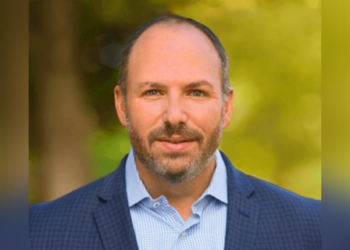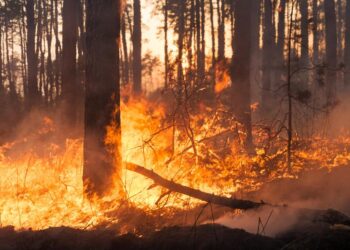Florida is one of the states with licensing for both mold remediators and mold assessors. Given the climate and the state’s geographic location, Floridians are familiar with mold issues and catastrophic losses. At the recent AEML Winter Break 2022 conference, several presentations examined the matters of moisture, materials, mold and methodologies and their roles in these claims.
Ralph E. Moon, an industry consultant, discussed the role of an expert witness and the importance of selecting individuals who are specialists in a particular area, have technical expertise and can present an opinion without having been a witness to any occurrence relating to the lawsuit or criminal case. Expert witnesses should have a resume that includes a wide range of experience such as academic preparation, specialized training, professional licenses and certifications, work experience, research activities, being published in trade and peer-reviewed publications, and professional and technical presentations.
When it comes to mold assessments, third-party consultant John P. Lapotaire stressed the importance of using multiple standards as part of an evaluation. These could include applicable ASTM standards, the IICRC S520, the New York City Department of Health Guidelines, EPA guidelines and other industry documents that comprise the standard of care. He said there are specific factors that need to be addressed in every mold assessment: the cause and origin, the extent of the mold-affected building materials and contents, and a completion goal for the remediation contractor. All relevant parties — i.e., the property owner, restoration contractor and insurer — should approve the completion goal.
Restoration is considered complete when:
In the keynote presentation, “Solving Moisture Mysteries in Hot Humid Climates,” Paul LaGrange of LaGrange Consulting and Claudette Hanks Reichel, a retired professor, explained that all indoor environments get wet and the problems occur when they do not dry. In addition, they shared insights for flood-proofing homes and ideas for retrofitting historic properties.
Concrete is a crucial construction material, and expert Robert Higgins provided some insights on what can lead to its failure. Frequently, surface deterioration is due to uneven curing of the concrete. “The incidence of this distress type is strongly correlated to pre-existing horizontal delamination that occurs within 25 mm of the pavement surface and can later grow into a spall due to a variety of causes,” explained Higgins.
“The cause of the shallow, horizontal delamination that occurs within the top 25 mm of the pavement surface is primarily from early-age nonlinear shrinkage strains in addition to temperature variations through slab depth. Thus, the factors of the most importance are those related to the effectiveness of the curing medium in minimizing moisture loss during the hydration of the concrete and the bond strength between the aggregate and the paste.”
Sun damage is also a major contributing factor to concrete failure since the surface tends to dry faster than the rest of the concrete. As a result, freshly poured concrete is susceptible to excessive damage from solar radiation. Direct sunlight causes water to evaporate from the concrete prematurely. As a result, concrete will not have enough time (and water) to strengthen its structure before it dries out. And once it has dried out, it will experience shrinkage and cracking.
Other topics discussed during the conference included compliance with the industry standard of care, the importance of documentation for every project and identifying the source of odors in a structure.
Cliff Zlotnik is a pioneer and living legend who has decades of experience in the disaster restoration industry. His techniques in cleaning, odor removal and procedures have become industry standards and are utilized and relied upon globally. He has shared this knowledge through articles, presentations, training programs and IAQRadio broadcasts. Contact him at [email protected]. Patricia L. Harman is the editor in chief of the PropertyCasualty360.com Group.
Steps to drive results during casualty claim reviews
A closer look at consolidation in the restoration industry









